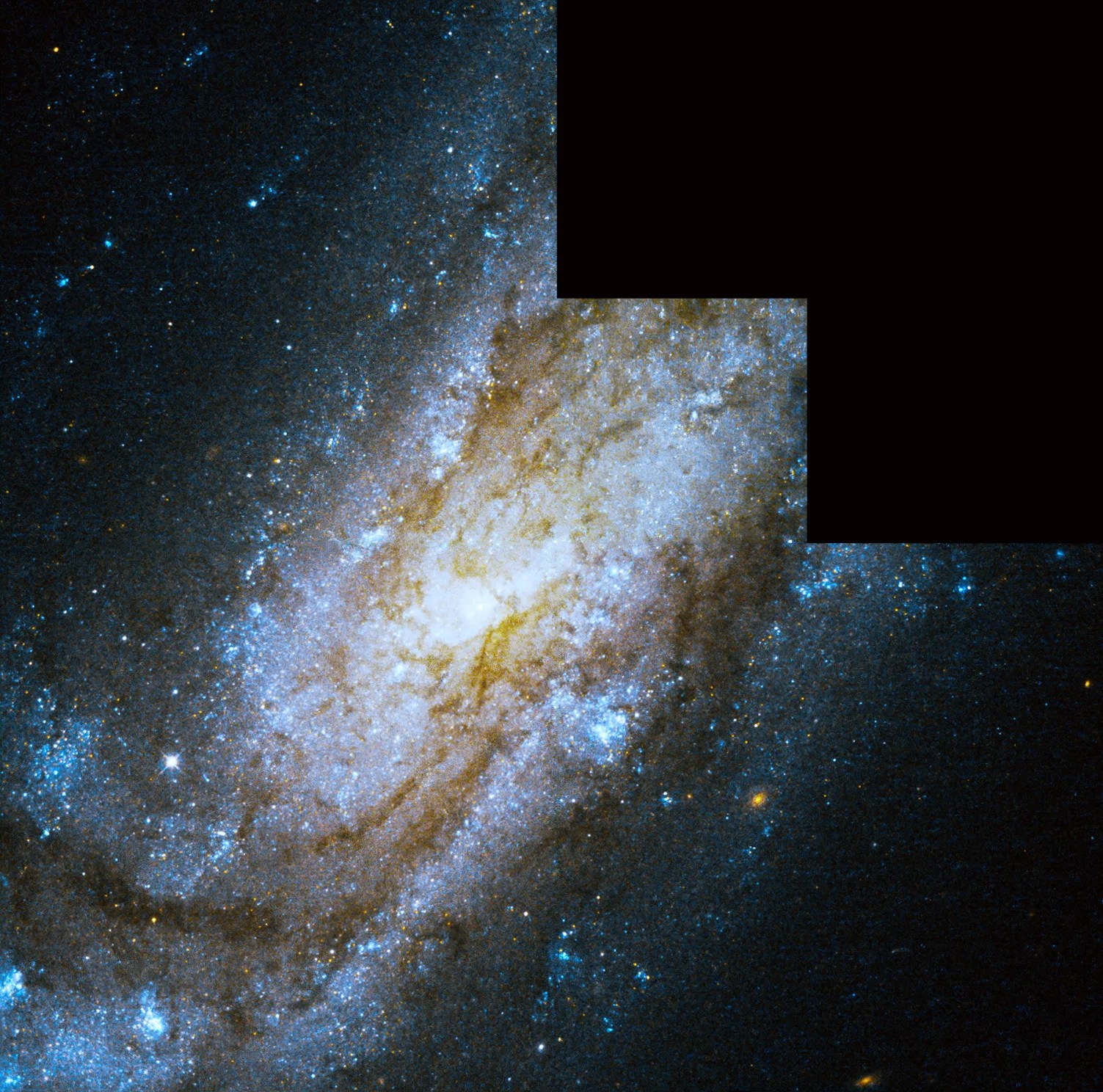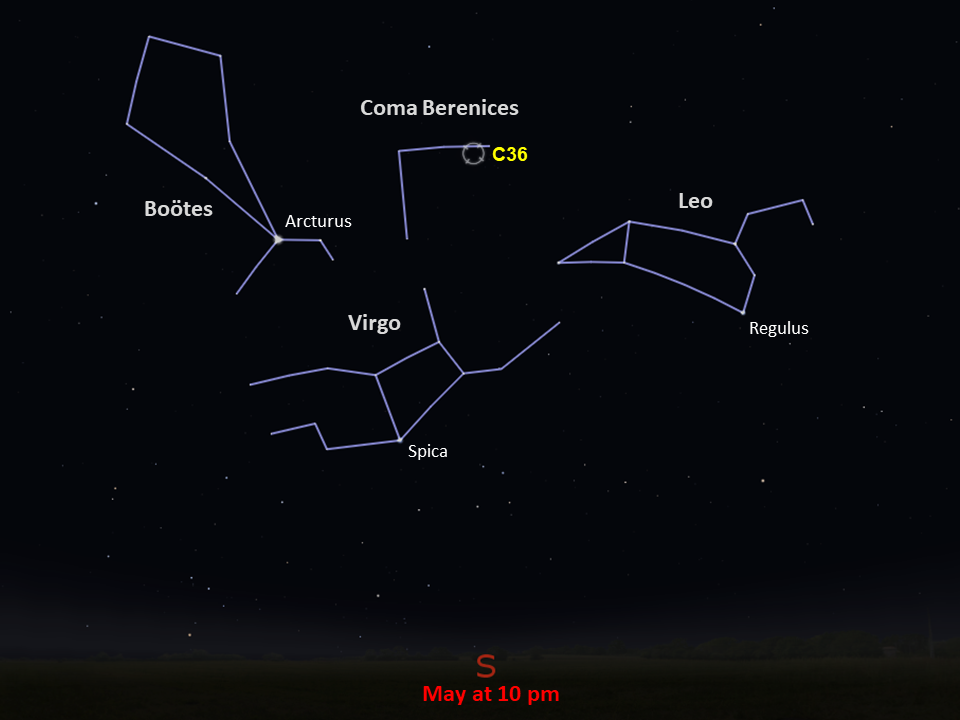Caldwell 36
Northern Hemisphere observers can spy this beauty in the spring, while Southern Hemisphere observers should look for it in the northern sky in autumn.
Distance
30 million light-years
Apparent Magnitude
10.0
constellation
Coma Berenices
object type
Spiral Galaxy
This beautiful Hubble image captures the core and some of the spiral arms of the galaxy Caldwell 36. Also known as NGC 4559, this spiral galaxy is located roughly 30 million light-years from Earth in the constellation Coma Berenices.
With an apparent magnitude of 10, Caldwell 36 can be spotted with a medium-sized telescope. The galaxy is relatively easy to locate in the night sky because of its proximity to the Coma Star Cluster (Melotte 111), a group of gravitationally bound stars with an apparent magnitude of 1.8. Caldwell 36 was discovered by William Herschel in 1785 and is easiest to spot from the Northern Hemisphere in the spring. Southern Hemisphere observers should look for it in the north during the autumn months.
Hubble captured this image of Caldwell 36 in visible and infrared wavelengths using its Wide Field and Planetary Camera 2 (WFPC2). Astronomers made these observations to help identify the precise locations of supernova explosions in the galaxy. Supernovae were observed in Caldwell 36 in 1941 and 2019.
In 2016, astronomers also observed a supernova-like outburst from a luminous blue variable (LBV) star in Caldwell 36. LBVs are massive, supergiant stars that show random variations in their brightness and spectra. These stars seem to be extremely rare; there are currently only around 20 stars with this classification in the General Catalogue of Variable Stars (and some of those are disputed). They are some of the most luminous stars in existence, often experiencing dramatic outbursts and occasionally undergoing violent eruptions. During “giant outbursts” these stars brighten significantly and lose mass, causing these eruptions to sometimes be mistaken for supernova explosions. Like other massive stars, LBVs have short lives. They evolve quickly and shine for only a few million years.
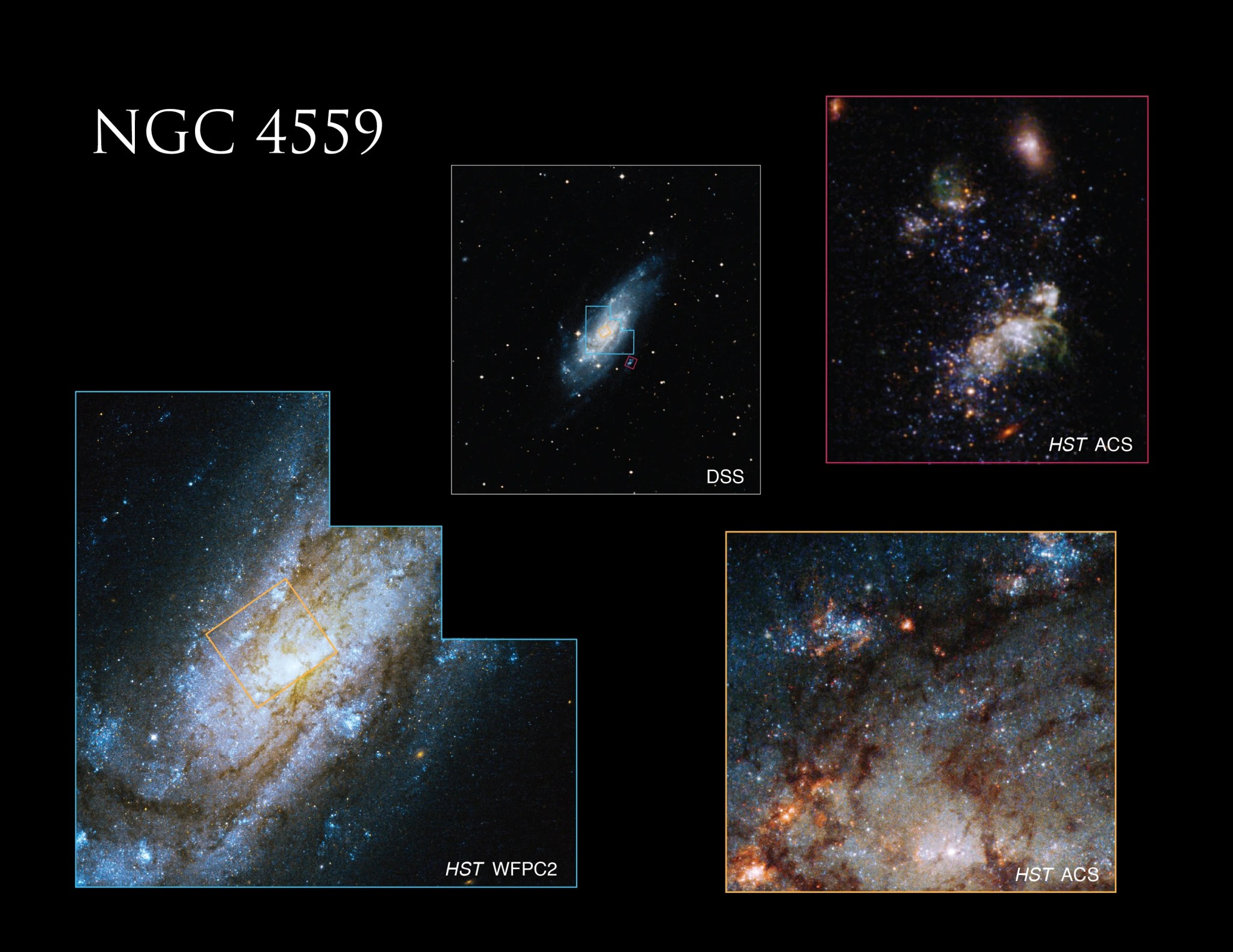
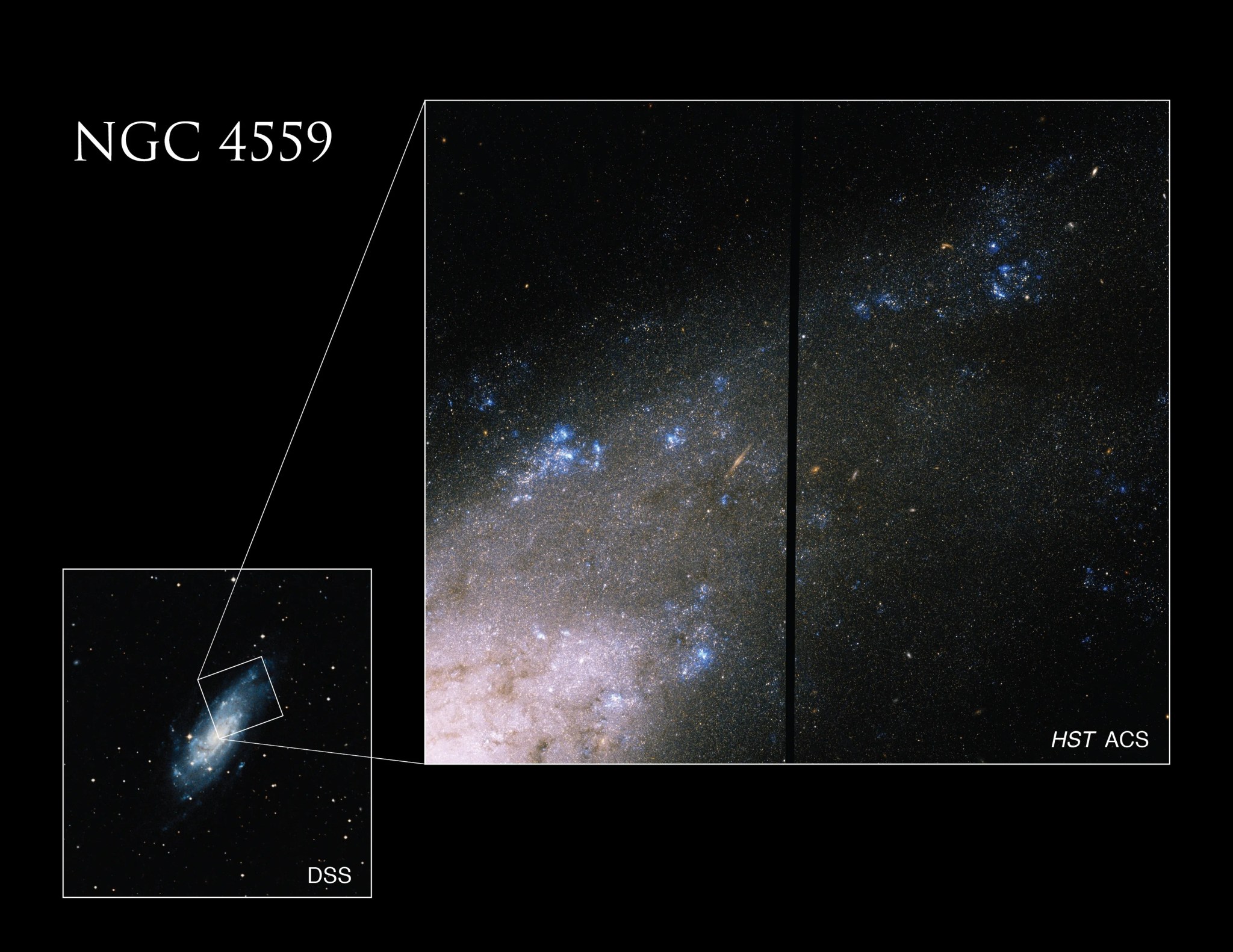
Glossary
Apparent Magnitude - The brightness of an astronomical object as seen from Earth, influenced by the object's distance from Earth, its absolute magnitude, and even gas and dust that lie between the object and Earth.
Luminous Blue Variable (LBV) Star - A rare, massive, blue star that varies randomly in its brightness and can occasionally undergo violent eruptions that are so bright, it can be mistaken for a supernova.
Spiral Galaxy - A galaxy characterized by its spiral structure, with star-filled arms that extend out from the center of the galaxy and host regions of star formation.
Supernova - The explosion of a massive star at the end its life, which ejects material into space and causes the star to temporarily brighten in our sky.
Explore Hubble's Caldwell Catalog
The following pages contain some of Hubble’s best images of Caldwell objects.
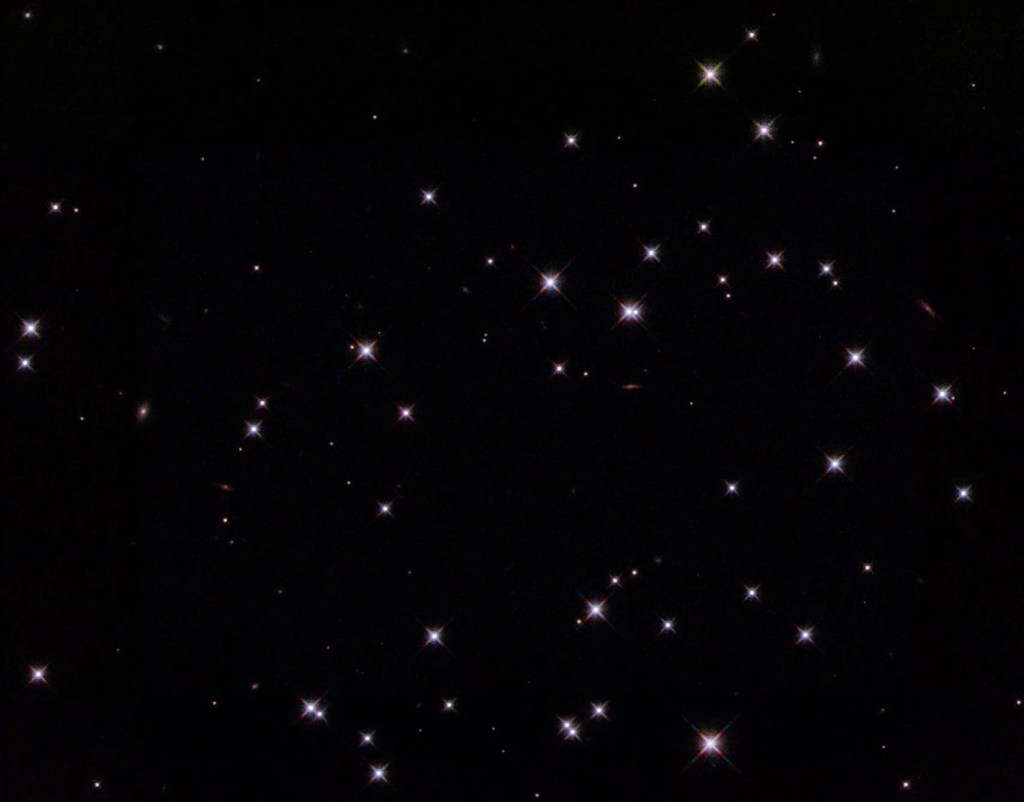
Also known as NGC 188, this group of stars formed from a large cloud of gas making the stars roughly…
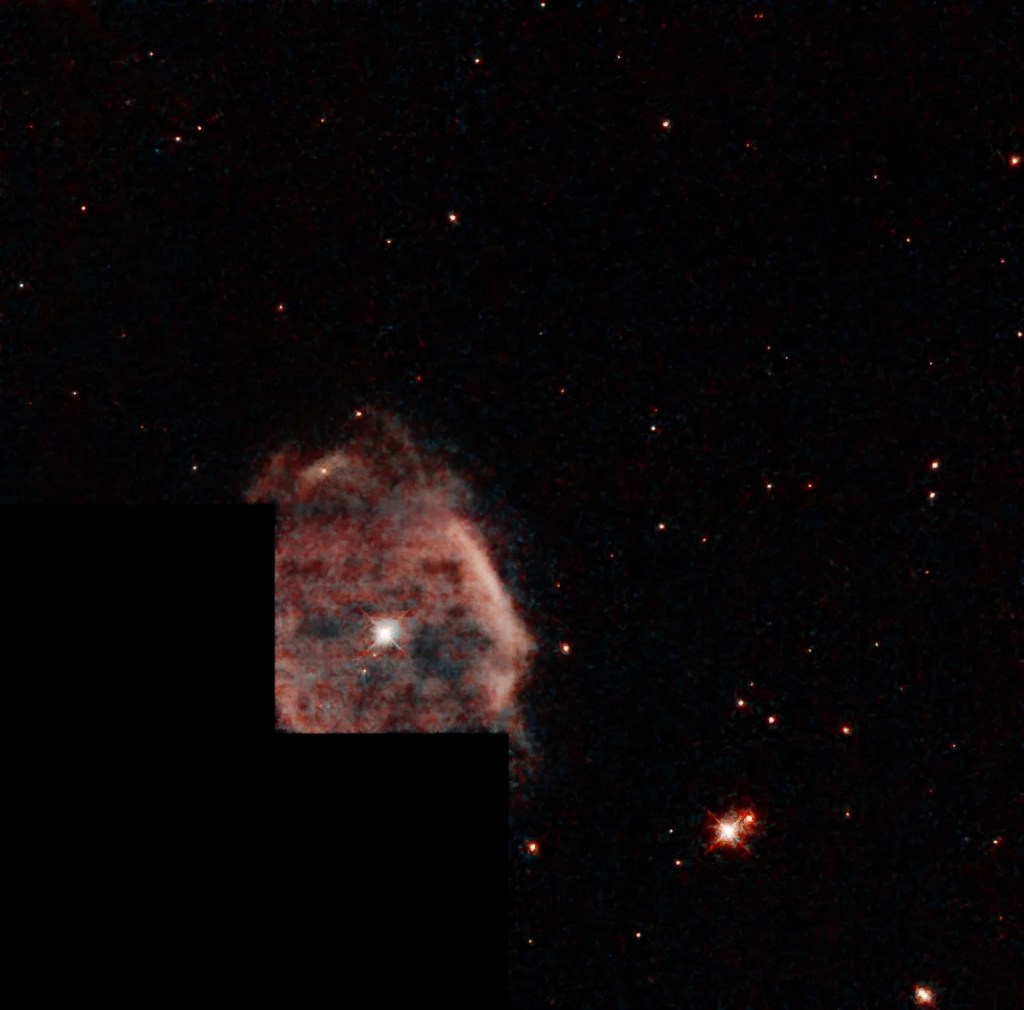
This shell of gas is expanding outward, away from the dying star within.
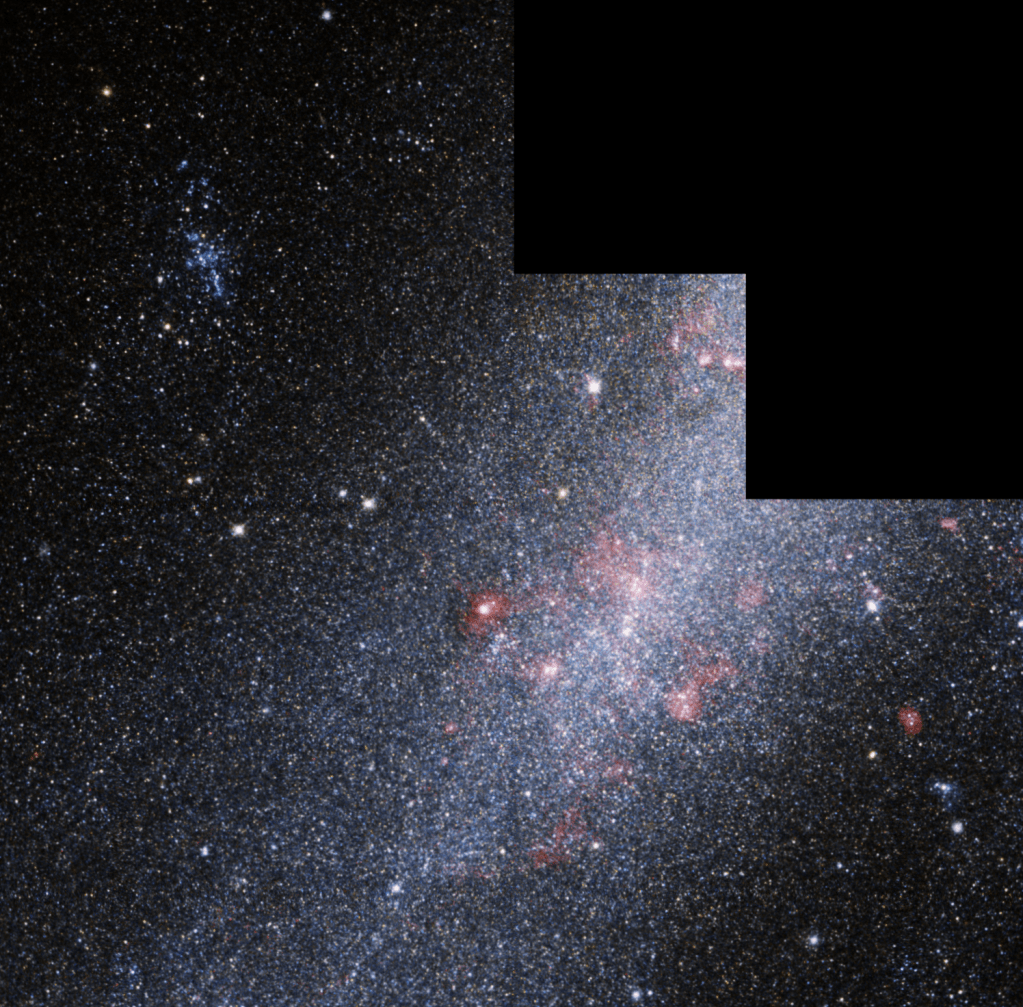
This barred spiral galaxy was first spotted by British astronomer William Herschel in April 1793 in the constellation Draco.

























